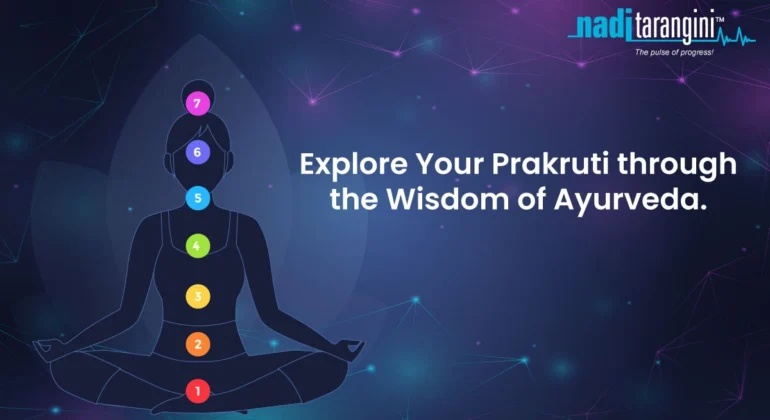Self awareness / Prakruti – Know more about yourself with the help of Ayurveda.
I often face acidity problem after late night office work though I took meal at early evening. My skin is too sensitive and I always have skin problems like acne, sun burns, eczema with changing season. My daughter is eating everything healthy on right time …


